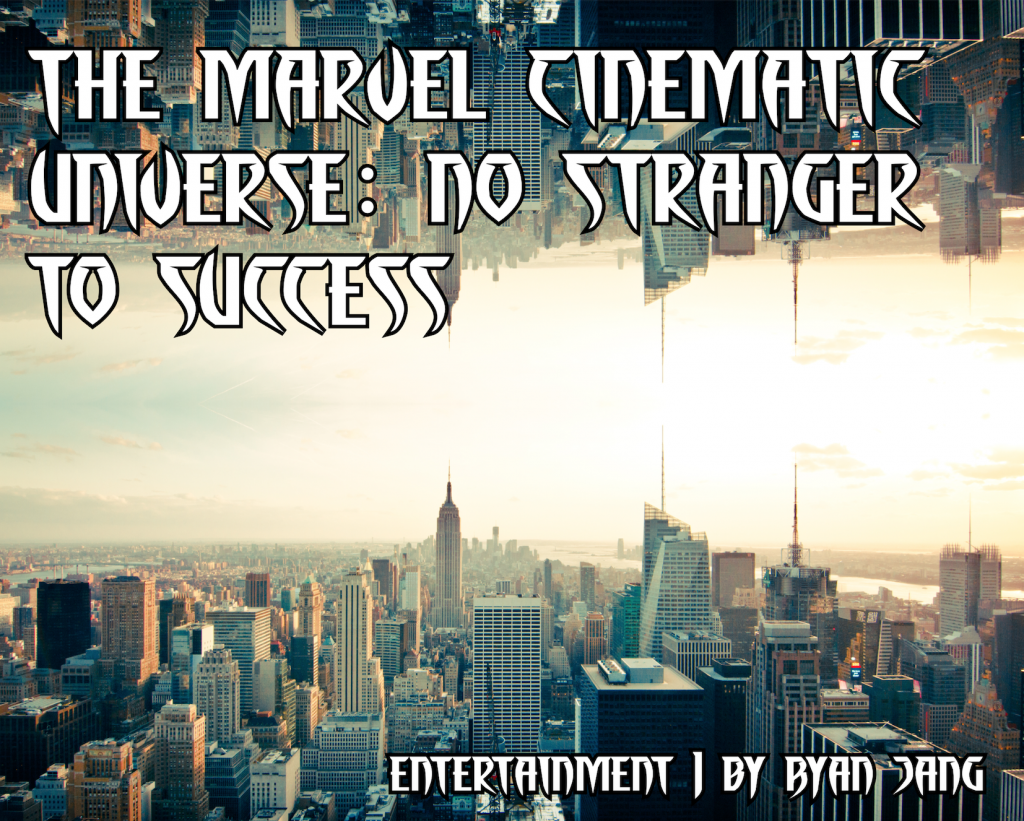Fans and casual watchers alike held their breath in anticipation for the fourteenth film of the Marvel Cinematic Universe (MCU), “Doctor Strange.” Based on the comic books by Stan Lee and Steve Ditko, viewers were elated to see Dr. Steven Strange (Benedict Cumberbatch) depicted as a dynamic, entertaining, and realistic character within a trippy and colorful setting. By shattering projections in the international movie scene on the opening weekend, it is without a doubt that the MCU held up its tradition of releasing blockbuster after blockbuster, “Doctor Strange” being one of the biggest so far, raising $86 million in the international scene.
Doctor Steven Strange, the protagonist of the film, starts off as one of the most successful yet arrogant doctors of his time. He is living the high life until he is suddenly involved in a crippling car accident where he loses the use of his hands. After spending all of his money on medical treatments to revitalize his neurosurgical career and casting former lover and co-worker Christine Palmer (Rachel McAdams) aside, Dr. Strange travels to Kamar-Taj, where he meets The Ancient One (Tilda Swinton), Karl Modo (Chiwetel Ejiofor), and Wong (Benedict Wong). As well as learning how to manipulate matter, time, and space with magic, he comes face-to-face with Kaecilius (Mads Mikkelsen), an evil sorcerer under the influence of Dormammu, an evil entity who seeks to destroy Earth.
Like most other movies in the MCU, “Doctor Strange” was riddled with the same flaw: lack of “bad guy” character development. It is true that Kaecilius and Dormammu had realistic and believable origin stories: they both sought to “gift” humanity with immortality. However, that was the extent to which Kaecilius’s character was developed. Apart from small snippets and a few lines that explained his motivations and origin, Kaecilius’s only purpose in the entire movie seemed to just be “the bad guy.” And like any other stereotypical superhero movie, after the bad guy, Kaecilius, was defeated by the good guy, Dr. Strange, he was never to be seen again.
Though the antagonist’s character development was subpar and superficial, the opposite can be said about the backstory of Dr. Strange, the protagonist of the film. Benedict Cumberbatch’s Dr. Steven Strange was depicted realistically throughout the film, as readers were fully able to relate to his plights of a fickle love life, piling financial debt, and an unsuccessful career. As a result, the audience was left convinced that such a character can, and does exist in the MCU. Additionally, Marvel’s choice to hire Benedict Cumberbatch as Dr. Strange kept in line with their successful casting trend. Cumberbatch’s portrayal of Dr. Strange—his words, actions, and even looks—was so fitting that moviegoers were convinced Cumberbatch was Strange, even in real life. Just like Robert Downy Jr. is the embodiment of Iron man, Cumberbatch is the embodiment of Dr. Strange.
Paired with incredible scenes of bending space-time reminiscent of “Inception” and “Interstellar”, the storyline of “Doctor Strange” was also entertaining, smooth, and easy to follow. The movie had all the aspects of a great story: exposition, rising action, climax, falling action, and resolution. Though it followed the stereotypical movie format, the film itself was nothing short of amazing. With dramatic plot twists mixed in with humorous and quirky lines, “Doctor Strange” effectively enticed viewers, temporarily sucking them into a world filled with magic and sorcery. “Doctor Strange” can be defined as the paragon of a blockbuster film, living up to the hype, and leaving viewers wanting more.

